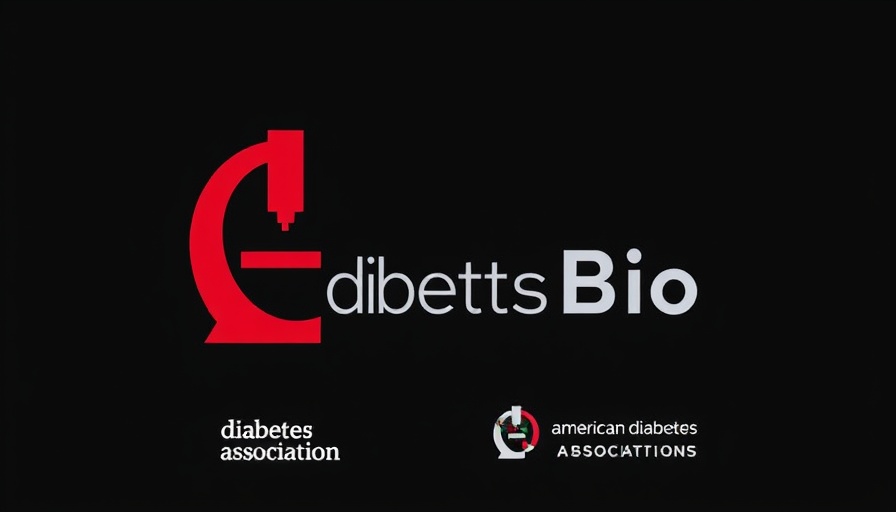
Understanding the Impact of Anesthetics on Breathing Flexibility
In a recent pilot trial, researchers have uncovered a significant difference between two commonly used anesthetics: midazolam and S-ketamine. While midazolam was found to notably reduce breathing flexibility, S-ketamine appears to preserve it. This discovery has profound implications for anesthetic practices, especially as healthcare providers strive to optimize patient safety and comfort during surgical procedures.
Why Breathing Flexibility Matters in Anesthesia
Breathing flexibility refers to the body’s ability to adjust respiratory patterns in response to diverse circumstances, such as changes in demand during surgery. This characteristic becomes even more critical when patients are under anesthesia, where control over breathing may be compromised. Maintaining a flexible respiratory system can prevent complications related to ventilation, thereby improving patient outcomes.
The Mechanism Behind Midazolam and S-Ketamine
Midazolam, a benzodiazepine, works by enhancing the calming effects of neurotransmitters in the brain, which can result in decreased respiratory muscle function. On the other hand, S-ketamine acts on the NMDA receptors and has shown a unique ability to minimize the depressant effects on respiratory activity. This difference in action can be crucial in surgeries where maintaining natural breathing patterns is vital.
Research Insights and Methodology
The pilot study, comprising both qualitative and quantitative analysis, involved a group of patients undergoing elective surgeries. Participants were randomized to receive either midazolam or S-ketamine. Experts measured their respiratory rates, tidal volumes, and overall lung function during anesthesia. The data revealed a measurable decrease in breathing variability among those given midazolam compared to those treated with S-ketamine, indicating a preference for the latter in specific surgical contexts.
Future Predictions: The Role of S-Ketamine
Given S-ketamine's advantages, its use may expand beyond anesthesia into other fields of medical care, including pain management and mental health treatments. Researchers suggest that by further exploring its properties, S-ketamine could change the standards of care not only in surgery but also in emergency and recovery scenarios where breathing support is critical.
Real-World Application and Considerations
For anesthesiologists and healthcare practitioners, understanding the flexibility offered by various anesthetics is crucial. Choosing S-ketamine could lead to fewer complications in patients who may be at risk of respiratory issues, such as those with obesity or pre-existing lung conditions. However, it is essential to evaluate the risk-benefit ratio on a case-by-case basis.
Common Misconceptions about Anesthetic Choices
There is often a misconception that anesthetics are interchangeable without considering their individual effects. This trial emphasizes the importance of selective anesthetic use based on specific patient needs and surgical contexts. By dispelling such myths, practitioners can make more informed decisions, leading to better patient care.
Conclusion
Understanding the effects of anesthetics on respiratory function, particularly through the lens of this recent pilot trial, is paramount for medical professionals aiming to enhance patient safety. Awareness of how midazolam and S-ketamine differ, especially in maintaining breathing flexibility, could transform anesthetic practices and improve surgical outcomes. As healthcare evolves, continuous research and adaptation of practices will be key to advancing patient care.
 Add Row
Add Row  Add
Add 




Write A Comment